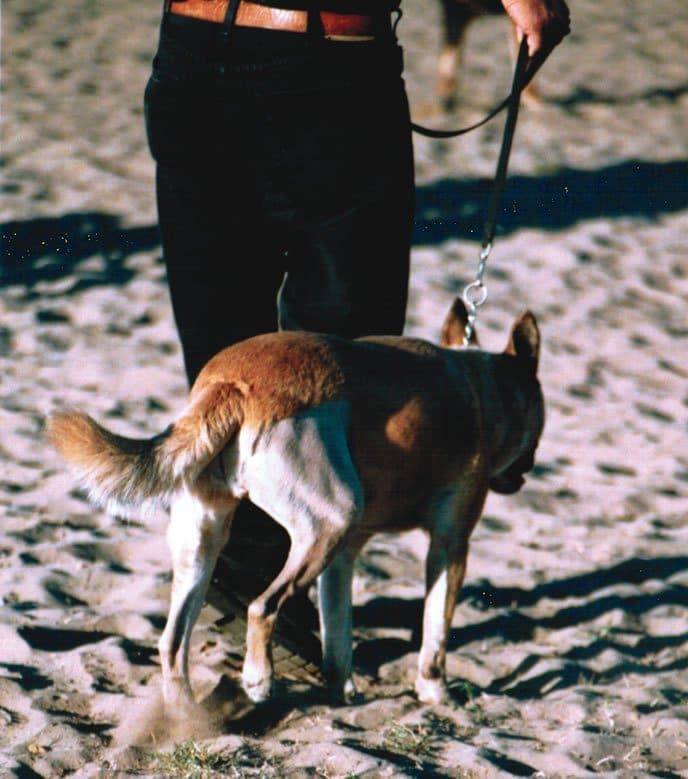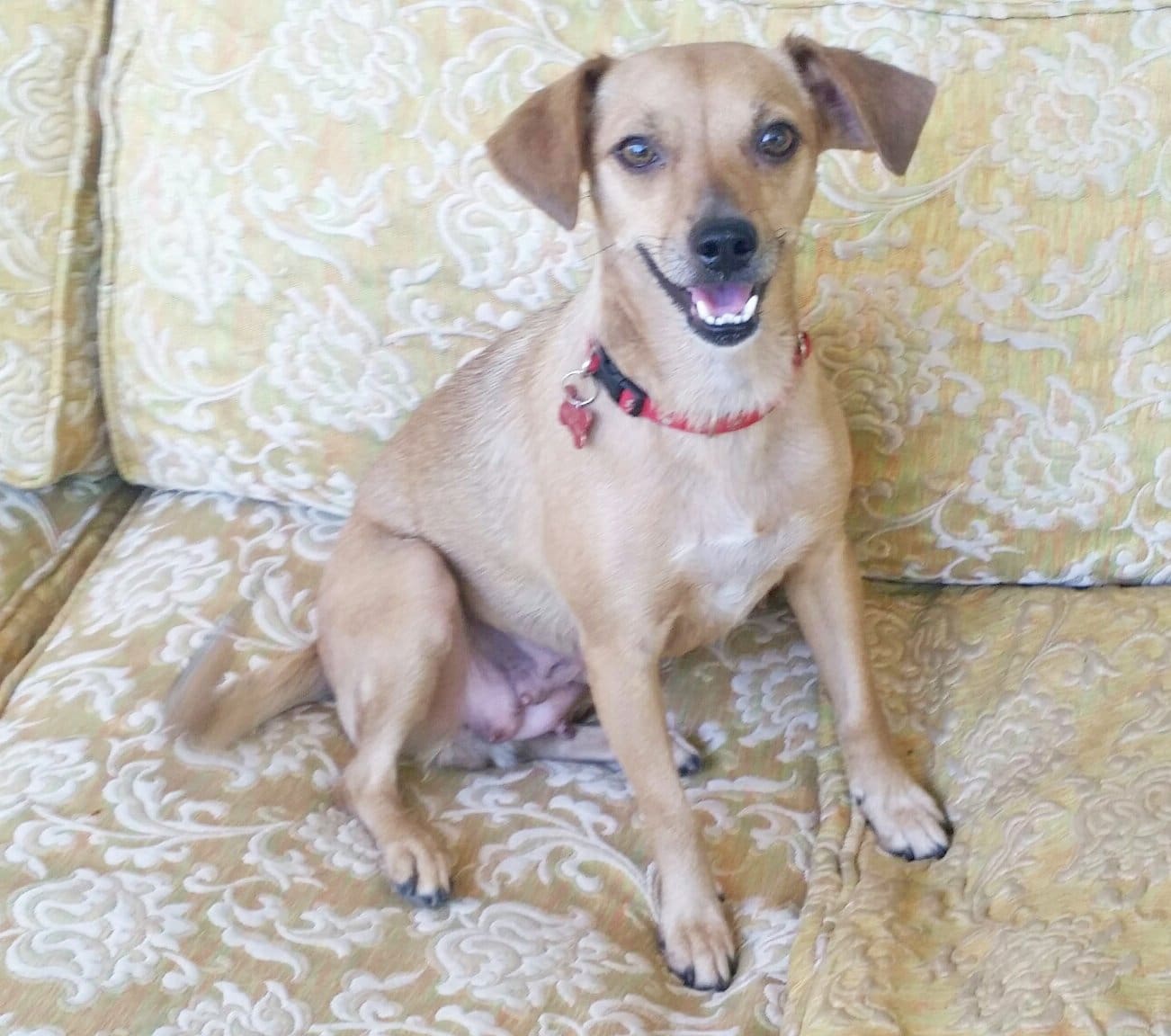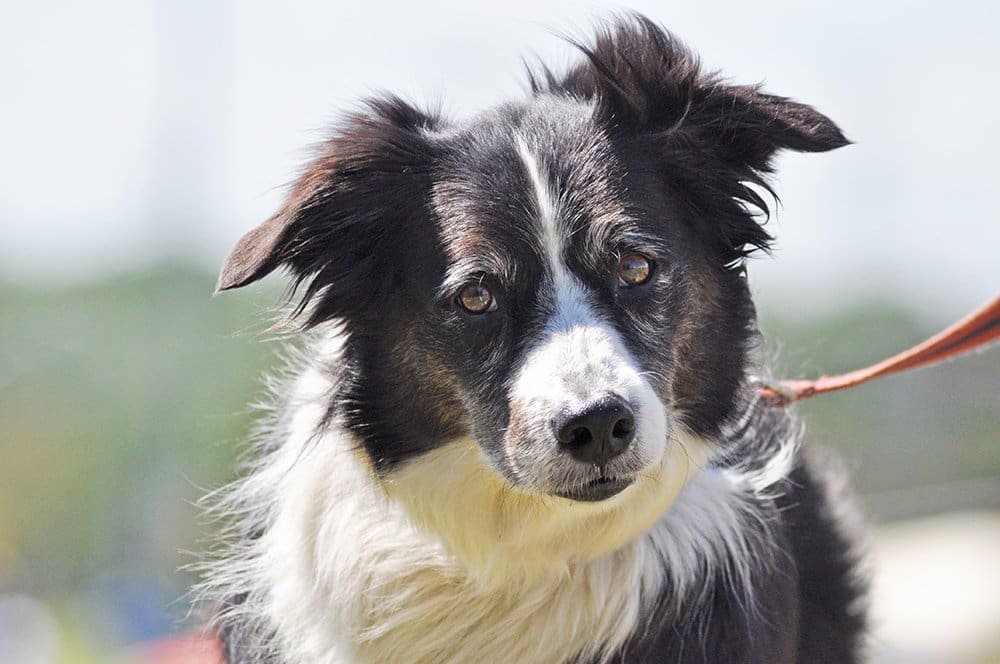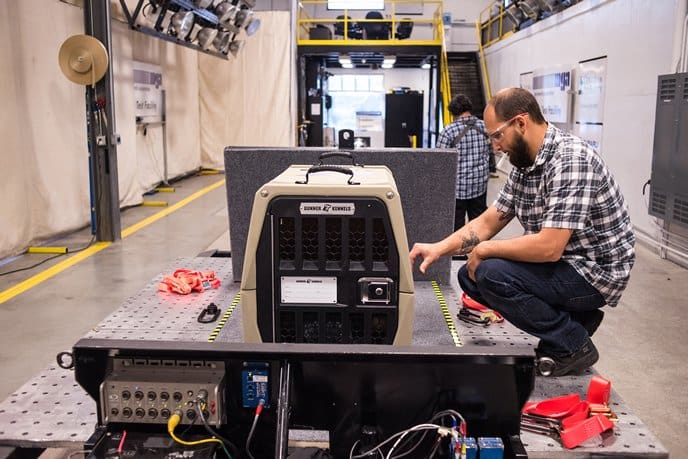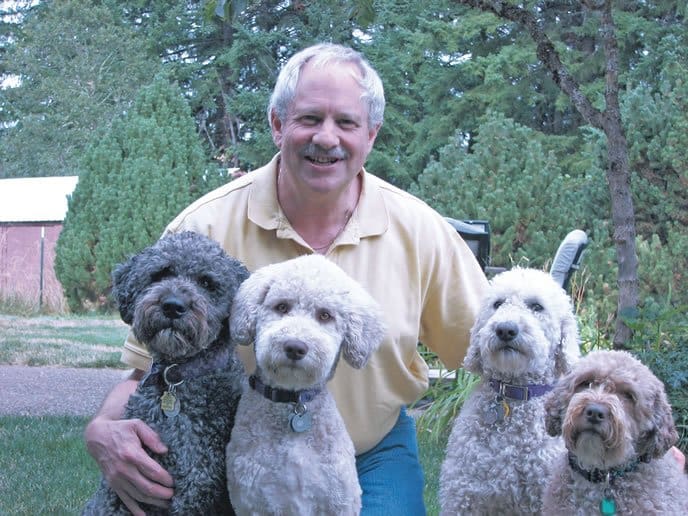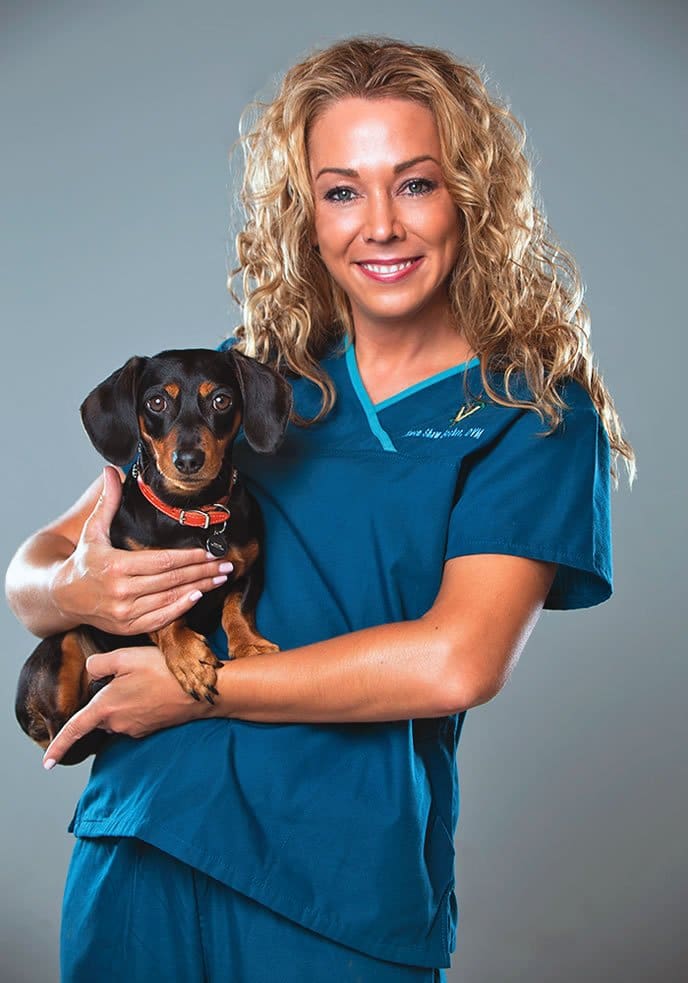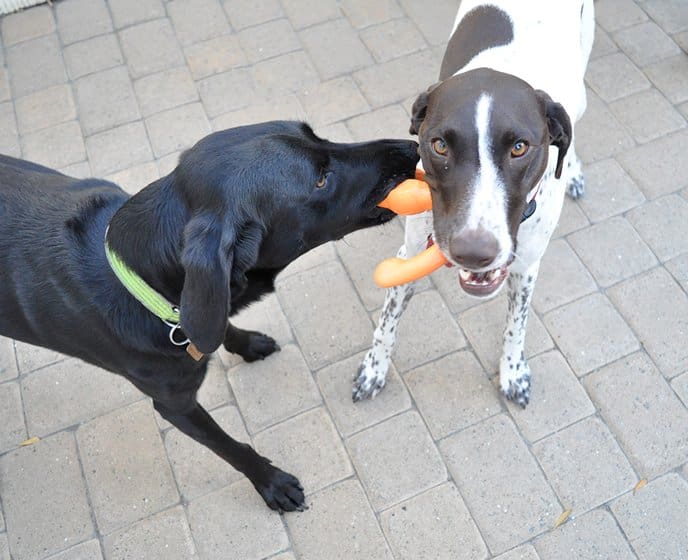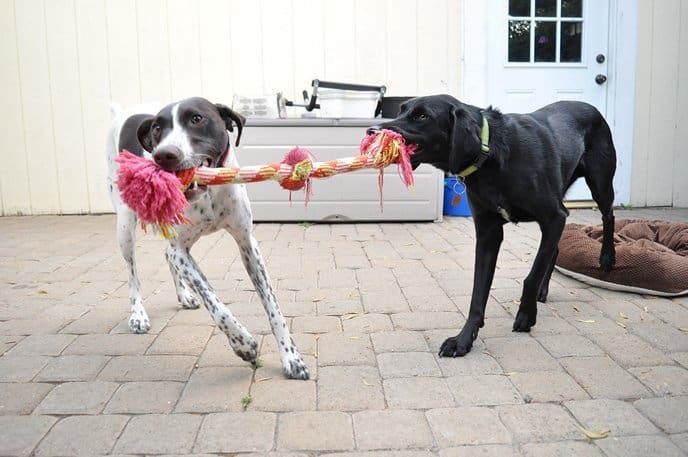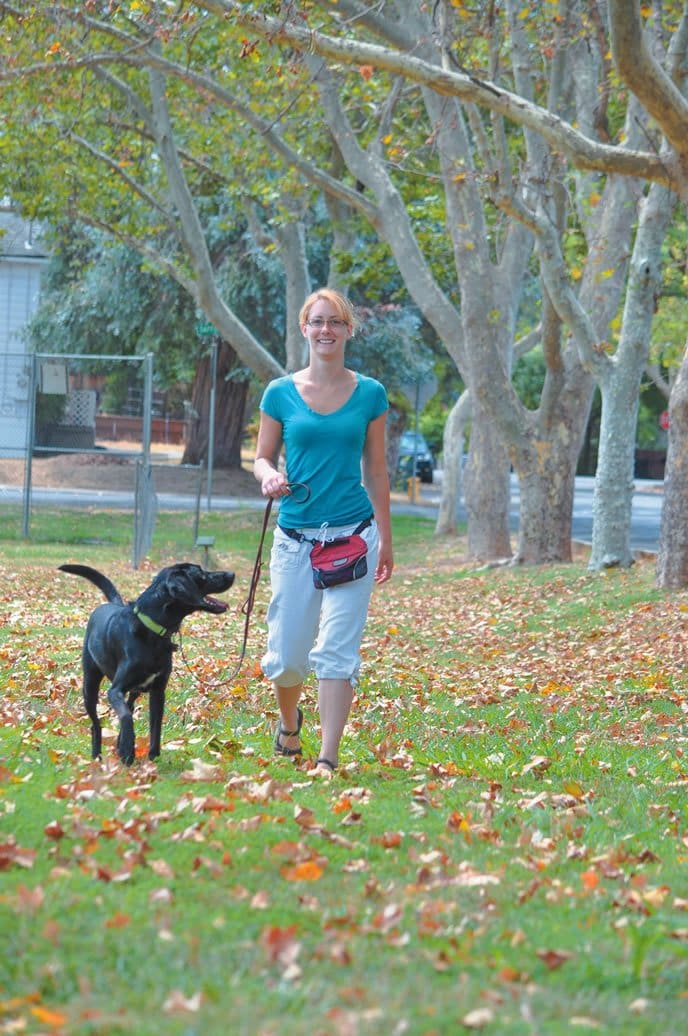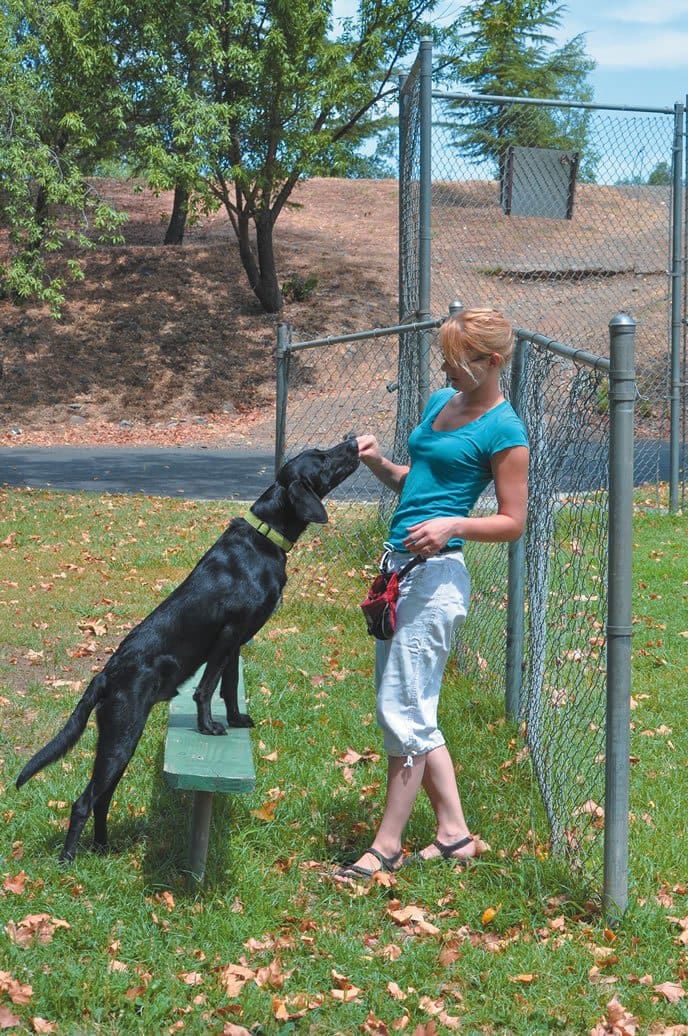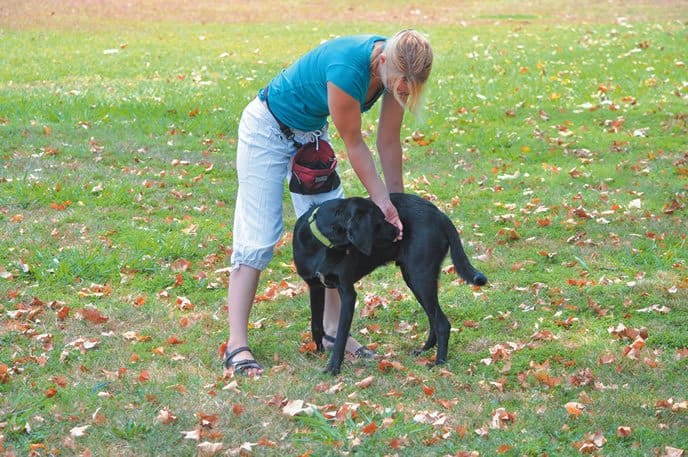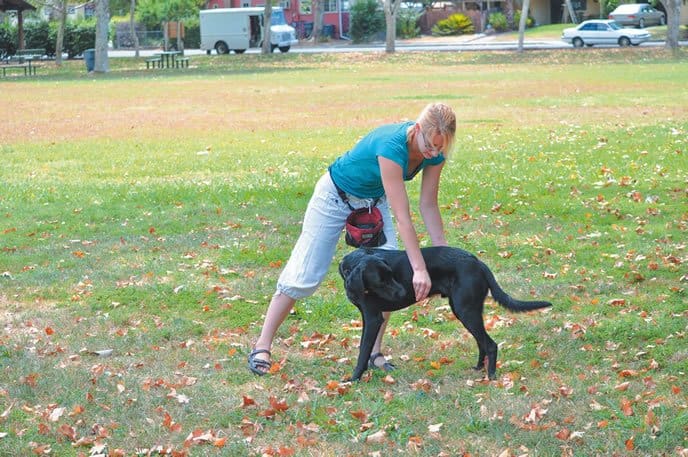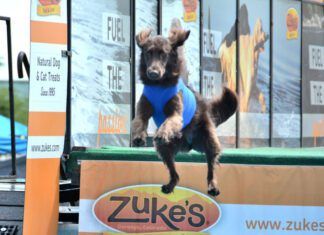Dogs are lousy patients. It’s as simple as that. True, they don’t constantly call for a glass of water or a plump of their pillow, but that’s precisely the problem: Often unable to communicate distress, and possessing a stoicism that masks their true level of discomfort, dogs can mislead their owners into thinking that all’s well after a surgical procedure, when in fact it’s anything but.
Dogs are such over-compensators, in fact, that they often will display Olympic aspirations, trying to chase squirrels, barrel through doors, and leap out of cars without so much as a care that they’ve just had a complex orthopedic procedure with more stitches than Betsy Ross’s flag.
It’s up to you, then, to be the spoilsport, and to keep your dog calm, quiet, and otherwise compliant during the recovery period, which can last weeks and even months, depending on the procedure.
With all that in mind, here are some tips for managing your dog’s post-surgery recovery—along with warnings about what to look for when things just aren’t going right.
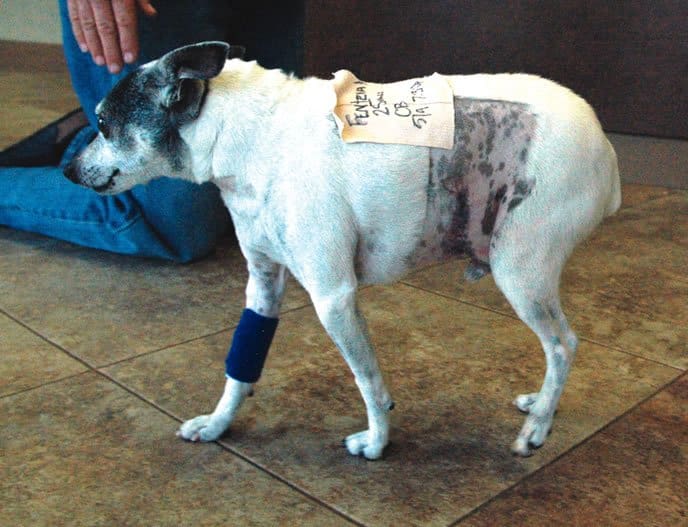
Before You Leave the Vet Post-Surgery
Of course you will be eager to take your dog home, especially if his hospitalization was longer than a day or two. But make sure you understand every post-surgical care instruction given to you by the veterinarian or her staff before you head home. Take a good look at the surgical incision if it’s uncovered, so you know what it looks like before you are left alone with it (so to speak). Get clear on how long any dressings, pain patches, or bandages are supposed to be left in place.
Importantly, look carefully at the medicines that are being sent home with you—actually read the labels and open the bottles or tubes or boxes, so you are certain you understand exactly how much of which medication he is supposed to receive, how many times a day, and exactly how you are supposed to administer each one. If a medicine is given in a form you’ve never had to administer to your dog before (ear drops, eye ointments, pills, oral liquids), ask if someone could show you how to give your dog the first dose. Make sure you know whether the medication is supposed to be kept refrigerated or not.
Finally, it’s time to leave—but don’t head out to the car and just open the door and allow your dog to leap in like always! Anticipate the possibility that he will be so eager to leave the clinic and return to his familiar places that he may forget he’s wearing a cone, cast, brace, or bandages. Keep your leash taut and block his usual access to the car so that you (and perhaps a clinic staff member or family member, if he’s a big dog) can lift him gently into the car. If he’s too big to maneuver, use a ramp to help him climb slowly into the car, and be sure to have someone on each side of the ramp to steady him.
Ideally, someone could ride in the car with your dog in the back seat, or he could be safely crated in an especially well-padded crate for the slow, careful drive home.
Again, when he gets home, he may get very excited and eager to leap out of the car and back into his old life. Anticipate his enthusiasm and control his movements carefully.
The Post-Canine Surgery Overview
A dog views life pretty much at knee level. (Or, in some cases, ankle level.) Such a ground-hugging perspective leaves him that much more likely to get dirty. “Think about if you had knee surgery, and then you laid down on the ground and dragged that incision around,” says Dr. Tomas Infernuso of Veterinary Traveling Surgical Services in Locust Valley, New York. “Tell me: Is it going to get infected?”
Your dog might make a habit of plopping himself down on a favorite spot on the lawn, or lounging on the cool floor tiles in the mudroom. But in the days and weeks after surgery, he’ll need to be lying on clean sheets and bedding. If the dog bed is covered with a thatch of hair and God-knows-what-else, either give it a good go-round in the washing machine, or cover it with a clean sheet or comforter. Be sure to change the bedding frequently.
(All this talk about staying off dirty floors doesn’t mean your dog should seek higher ground: Climbing on couches and beds can strain incisions. Keep your dog off the human furniture.)
Unless it contradicts your veterinarian’s orders, make lots of water available so your dog can rehydrate after surgery. More water intake means more peeing, so plan on lots of walks—always on leash, please, even if it is just to the backyard—as well as the occasional accident if you get can’t out in time.
Controlling Your Dog’s Activity After Surgery
Keeping your dog off floors and less-than-sanitary surfaces is just the beginning. “Dogs are athletes,” says Dr. Infernuso. “Once the inflammation settles down and they feel better, they push themselves. Dogs just don’t get it. So it’s up to you to control their activity.”
While many owners feel sorry for their dogs, confinement is an absolute requirement after surgery. When not intensely supervised, your dog should be in his crate, and all walks need to be on leash—even strolls around the house.
Dr. Infernuso says he’s even had to amputate a dog’s leg as a result of an owner being too blasé about confinement: The dog jumped through a screen door 10 days after returning home, fracturing the surgery site, which later became impossibly infected. “That was 100 percent the owner’s fault,” he says. ” Now I tell people, if you can’t control your dog, I’m not doing surgery, because it’s going to be detrimental to the dog.”
Ripping stitches is another complication that can result from letting your dog do too much, too soon. Dr. Infernuso recalls another case, this time a 100-pound Rottweiler who tore his incision so badly his bladder and intestines were peering through the sewn skin. Initially proclaiming his innocence, the owner eventually admitted to letting the dog jump out of his pickup truck on the trip home.
With dogs who are prone to hyperactive or over-exuberant behavior, Dr. Infernuso will sometimes prescribe Acepromazine, a commonly used sedative. In very severe cases, he will keep the dog on the drug for as long as a month or two, until the healing process is well underway. While keeping a dog sedated that long is not ideal, it beats the alternative if an owner is unable or unwilling to confine a dog properly.
Speaking of confinement, make sure your dog has a quiet, warm spot that affords her lots of rest and few distractions for the first few days of her recovery. Make sure she can’t be bothered by other animals in the household, as well as any small children who can unintentionally push your dog past her limits, especially in the haze of post-surgical pain.
The Dreaded Dog Cone
A dog’s propensity for licking her wounds is another way that bacteria get a foothold; even a surgical site on the head or neck area isn’t safe, because of the potential for constant scratching. As a result, most convalescing dogs are required to wear an Elizabethan collar (also known as a “cone”) or some alternative product. While it does prevent a dog from worrying her wound, this lampshade-like barrier, which attaches to the collar, can obstruct her vision and makes navigating in small places very difficult. For whatever reason, many veterinarians sell Elizabethan collars that are made of very stiff, hard, and opaque plastic. Be advised that many pet supply stores sell similar products that are made of lighter, translucent plastic, which helps the dog see and carry the cone around.
Some owners eventually remove the cone before they should because they feel badly for the dog, who sometimes looks profoundly uncomfortable – or, at the very least, very annoyed. Instead, consider one of the soft fabric cones, which do much the same job without so much rigidity. Dr. Infernuso dissuades people from using inflatable cones, as he finds that while wearing them, “dogs can still reach incisions and open them up.”
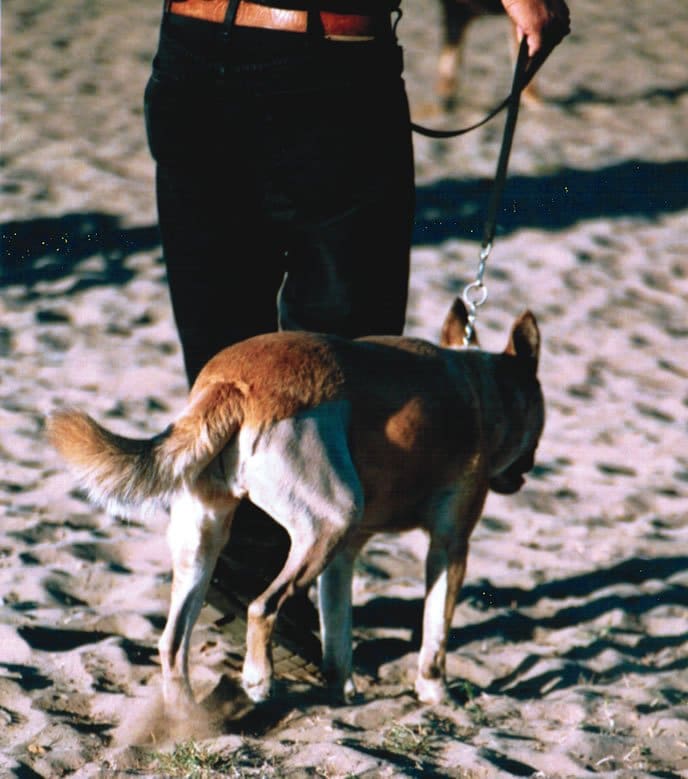
Nursing Your Dog’s Wounds
Knowing how a wound heals—and what it looks like during the process—is tremendously important: Carefully monitoring the incision in the days and weeks after surgery can help you flag early signs of trouble.
Dr. Infernuso instructs his owners to clean the wound area twice a day with an antiseptic solution such as Betadyne or antibiotic ointment, wearing latex gloves to be sure they do not contaminate the incision.
“I don’t know how effective it is in decreasing the bacterial load, but I want people to pay attention to the wound,” he says. Requiring a twice-daily check of the wound not only makes owners feel useful, but it builds in time every day for them to notice any problematic changes.
Immediately after surgery, expect that the incision site will not look happy. “Bruising, swelling, and edema are completely normal,” Dr. Infernuso says, adding that the area might be bluish or reddish in color. In this initial inflammatory stage, which lasts about three to five days, you can expect to see a puffy and bruised area, as the body reacts to the trauma of surgery. The skin may appear to be puckered around the incision; this is normal.
If there is any drainage, it should be clear, but owners should not expect large amounts of it. “You should be concerned if the wound starts looking really hot, really painful to the touch,” Dr. Infernuso says. “Pre-infection, you’ll see serous fluids, followed by organized liquid, usually pus.” Any type of foul-smelling discharge is also not normal. At the first sight of these warning signs, contact your veterinarian, who will likely want a recheck.
After the inflammatory stage, your dog’s body will go into the healing phase. “This is the beginning of collagen formation, and of repair,” Dr. Infernuso explains. If you still see inflammation, redness, and soreness at this juncture, it’s another reason to call your vet.
Manage Your Dog’s Pain
Pain management is certainly important from a compassionate point of view: After all, no one wants to see a dog suffer. But keeping your dog’s pain under control can also have an impact on his recovery.
In the aftermath of surgery, the body can experience a “sympathetic surge,” in which the sympathetic nervous system—which is responsible for “fight or flight” mode—goes into overdrive. This stress response triggers metabolic and hormonal changes that can depress the immune system and impede the healing process. Controlling pain can curb this natural response, leaving the body free to devote its energy to the repair of damaged tissue.
Creating a chart of what medications to give when can be helpful in managing your dog’s prescriptions, which may include antibiotics as well as painkillers. Don’t add any supplements to your dog’s food during the convalescing period without consulting with your vet. If you’ve got one of those dogs who spits like a camel at any attempt to “pill” him, try hiding the capsule in a morsel of delicious food, like a chunk of steak, or Pill Pockets, which are soft treats with an indented center for hiding the pill.
Entertain Your Dog After Surgery
One of the ironic downsides of lessening your dog’s post-operative pain is that it will be more difficult to keep him quiet while he’s recuperating. In the pre-digital age, human convalescents received gifts of word-search books and paperback novels to help them while away the hours; today, bed-ridden hospital patients can be found tapping away at their smart phones and iPads. Dogs get bored, too, but they don’t have Candy Crush Saga as an option. Instead, you need to provide the mental stimulation they need to keep from going stir-crazy.
That old standby—a Kong toy stuffed with treats stirred into peanut butter or yogurt, then frozen—can provide a couple of hours of distraction. Hidden food puzzles, such as the Zoo Active toys developed by Nina Ottosson, and other interactive toys are perfect for keeping your dog’s brain engaged during this time. (See “Puzzle Fun,” WDJ June 2008, for a review of interactive toys.)
Teaching your dog simple tricks that don’t require a lot of physical exertion are a great way to keep his mind occupied and his body quiet: Rolling a ball, barking on command, picking up objects, targeting your hand—you can use shaping and clicker training to easily put these on cue. Scent-discrimination games are another low-impact activity that burn a tremendous amount of mental energy: Choosing between two objects, one of which has your scent, is a game that can be played even if your dog needs to be restricted to her crate.
The variety of games you can play is seemingly endless: A little Googling or a search on Youtube will give you lots of creative ideas.
Rehab Therapy for Dogs
As in human medicine, a variety of therapies are available to help speed your dog’s healing process, including cold-laser therapy, acupressure, and acupuncture.
Getting patients up and moving—always in a controlled setting, of course – can also be very beneficial. “Orthopedic surgeons will not do surgery on humans without physical therapy afterward,” Dr. Infernuso says. “Today, with all these rehab centers for dogs, I advocate for therapy right away.” Water therapy can be a great low-impact option, once concern about keeping your dog’s incision dry is no longer an issue.
For many conditions, physical therapy can enhance recovery, allowing the dog’s muscles to regain their strength in an organized fashion.
And that, in the end, is the whole key to your dog’s success after surgery: Slow, steady progress, in an environment that stresses rest and controlled activity, is the recipe for returning him to his bouncy, bright-eyed self.
Denise Flaim of Revodana Ridgebacks in Long Island, New York, shares her home with three Ridgebacks, 11-year-old triplets, and a very patient husband.


